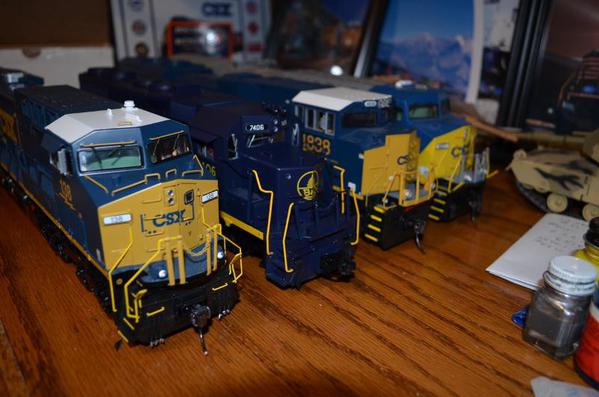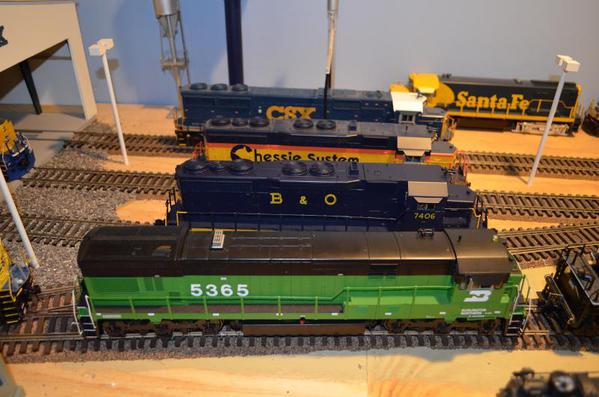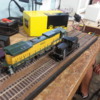Originally Posted by mark s:
Yes, these are big, impressive, powerful locomotives, but, here's something to contemplate: at a base (unballasted?) weight of 408,000 pounds for an SD70ACe, it is only slightly heavier then a Canadian National 4-8-4 at 400,000 pounds. But a heck of a lot more tractive effort and horsepower. A CNR 4-8-4 is amoung the smallest of the 4-8-4's!
To be honest, I don't understand how the weight is spread out on a steamer's axles. For example: The trailing truck is to help support the weight of the firebox? Is there some type of suspension on the trucks?
How much of the total weight does the main drivers see?
Might sound stupid, but I just don't know? I don't see any springs on the lead trucks for suspension, so I can only guess they just are for guiding the thing around turns??
With the weight of these big diesels spread out over the boogie's axles, and each axle with slip monitoring, I imagine they out perform there predecessors quite well.
I'll have to look up what's the tractive effort of a SD40-2 vs a modern one.












